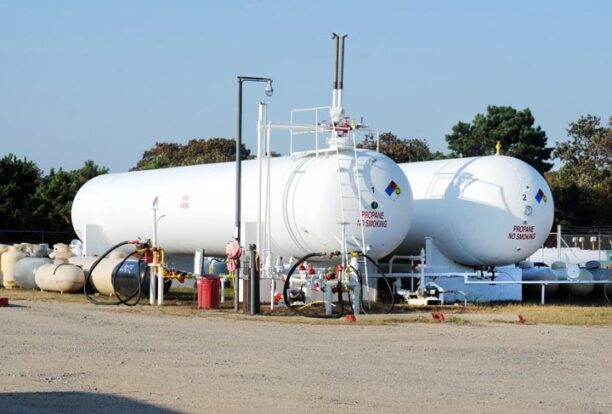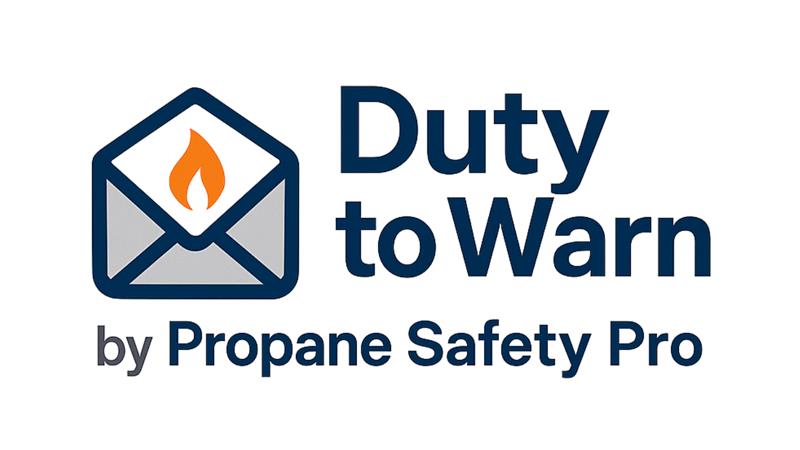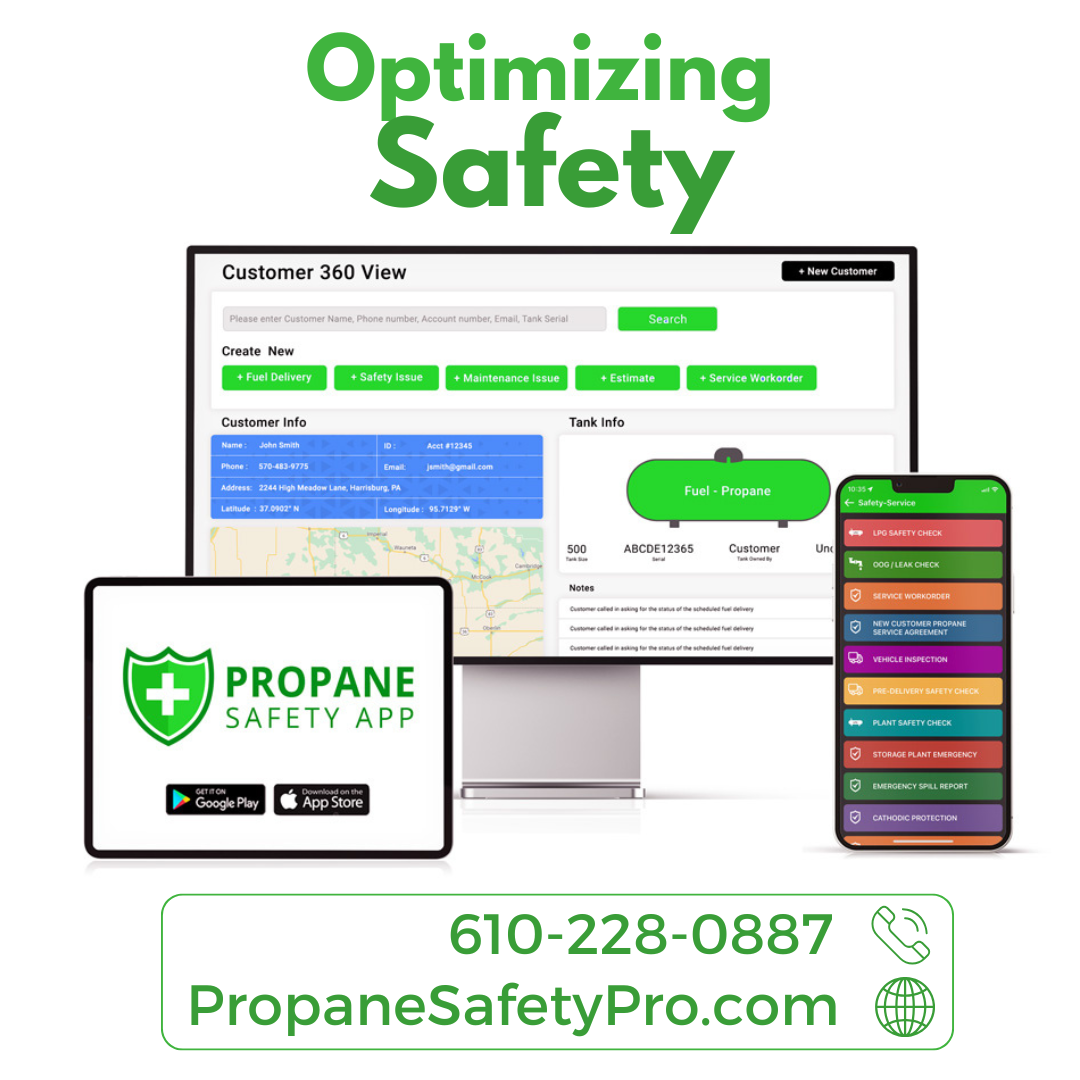Will Your Propane Shutoff Work When It Matters Most?

Your propane business runs on preparation, precision, and safety. While most of your equipment works day in and day out without issues, one system must never fail – the emergency shutoff. It’s your last line of defense when something goes wrong, and when lives and property are at stake, it has to work instantly. That means it can’t just sit on the wall collecting dust. It needs attention, care, and regular testing to make sure it’s ready to function properly when you need it most.
Whether your system is manual or automatic, maintaining your emergency shutoff setup should be a routine part of operations, not an afterthought. The best time to fix a problem is before the system is put to the test. If you’re serious about safety and avoiding costly incidents, this is an area you can’t afford to ignore.
Know Your Equipment
Start with the basics. Do you and your team know exactly where every shutoff valve is and how it works? Are all your emergency shutoff systems clearly labeled and easily accessible? Take time to review all of your equipment and its setup, and make sure your crew understands it as well. If it’s been years since anyone walked through your emergency system layout, now is the time to go over it with your entire team.
Test on a Schedule
Just as you consistently check your trucks or delivery records, you should test your emergency shutoff system on a regular basis. Waiting until an incident happens to find out something isn’t working is too late. Set a firm schedule – monthly or quarterly, depending on your operation – and stick to it. Make the tests a standard part of your maintenance routine.
Keep Key Parts in Good Shape
Emergency shutoff systems involve parts that wear down over time. Solenoids, pressure sensors, and control panels all age and can fail without warning. During inspections, check for signs of corrosion, dust buildup, and electrical issues. Make sure covers are sealed and weather-protected. Don’t wait for total failure before replacing a questionable part. If in doubt, swap it out.
Train Your Team Again and Again
The system itself is only part of the equation. Your people need to know how to use it without hesitation. Hold regular drills for your team where you simulate a leak or fire and walk through the various shutoff steps with them. Make sure everyone knows what to do, where to go, and who to call. Practice takes much of the fear out of real emergency situations and builds muscle memory that could save lives.
Maintain Clear Records
Make the time and effort to carefully document each equipment inspection, test, and repair. Not only does this help you stay on top of things, but it also shows regulators and insurance providers that you’re taking safety seriously. A solid logbook can also help you detect patterns, such as certain parts that fail more often or specific times of year when problems tend to happen.
Upgrade When Needed
Emergency shutoff systems don’t last forever. Technology improves, codes change, and wear and tear takes its toll. Don’t hold on to an outdated system just because it still technically works. If a newer setup offers better protection or faster response, consider making the switch. The cost of upgrading is small compared to the damage caused by a failure.
Why It Pays to Be Ready
In the propane industry, your reputation rides on safety. One missed shutoff can turn a minor issue into a major event. By staying alert, inspecting often, and training your team, you build a culture where safety isn’t just a rule – it’s a habit.
Maintaining your emergency shutoff system is about more than just passing inspections. It’s about protecting your people, your customers, and your bottom line. A propane business that’s ready for the worst is one that earns trust – and keeps it. Your emergency shutoff system may never need to be used. But if it does, you’ll be glad you made sure it was ready.














